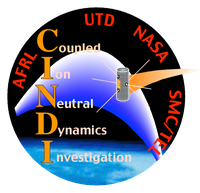Cindi in… Comics
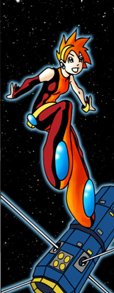
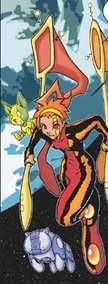
The Cindi in… series of comic book resources are targeted at middle and high school students as a way to explain CINDI in an easy to access and understand way. Young audiences automatically engage with the comic format before even realising they are learning something.
The comics are intended as a highly accessible introduction to CINDI. Cindi, our Anime/Manga inspired personification of CINDI explains all about the CINDI mission and the science behind it. These comics tell the story of the android spacegirl Cindi and her spacedogs who explain the purpose of the CINDI instruments as part of the C/NOFS mission and the science involved. These comics are fun and informative for readers of all ages, but the materials are targeted for topics covered at specific grade levels.
Permission is granted to print and distribute as many copies of these comic books as you wish (particularly teachers and schools who want to distribute copies to students) so long as the credits and copyright notice printed on the back cover are included. We are always interested in your comments and feedback about this book and whether you and your students did (or didn’t) like it. Please send any comments to <hairston at utdallas.edu> and <urquhart at utdallas.edu>.
- Cindi in Space The first comic book, Cindi in Space, which tells about the CINDI mission.
- Cindi in the Electric Atmosphere The second comic book, Cindi in the Electric Atmosphere, which tells about the Earth’s ionosphere.
- Cindi in the Solar Wind The third comic book, Cindi in the Solar Wind, which tells about the solar wind from the sun and the magnetospheres of the planets.
- Articles and Interviews Links to outside articles and interviews about the Cindi comics.
- Other Educational Comic Books Links to other science comics and graphic novels that we recommend.
Cindi in Space
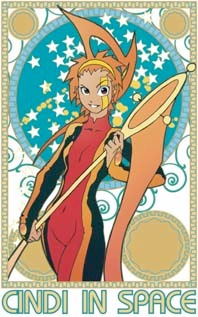
The first comic is Cindi in Space and is aimed specifically at students in grades 6 to 9, while the second comic, Cindi in the Electric Atmosphere, is targeted at high school students.
Cindi in Space introduces the android spacegirl Cindi and her two space dogs. They explain the Earth’s upper atmosphere along with the purpose of the NASA CINDI instruments astudying the upper atmosphere as part of the C/NOFS satellite.
We hope that readers of all ages will find the comics fun and informative. The first two issues are 24-page booklets that are downloaded as a pdf file via the links below.
Cindi in Space, English: [Color | Black & White]
Cindi en el Espacio, Spanish: [Color | Black & White]
Cindi in the Electric Atmosphere
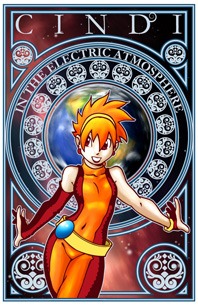
Cindi in the Electric Atmosphere is the second book in our Cindi in… comic book series. Cindi takes the reader through the ionosphere, explaining the electromagnetic spectrum, the light from the Sun, and how the Sun’s radiation interacts with the Earth’s atmosphere to create the ionosphere. This is all done in the context of the CINDI instruments on the C/NOFS spacecraft.
This issue is targeted at upper middle school students and high school students studying physics and physical science, but reader of all ages and backgrounds will enjoy Cindi’s adventures. The comic is a 24-page booklet pdf file which can be downloaded via the links below.
Cindi in the Electric Atmosphere; English: [Color]
Cindi en la Atmósfera Eléctrica; Spanish: [Color]
Cindi in the Solar Wind
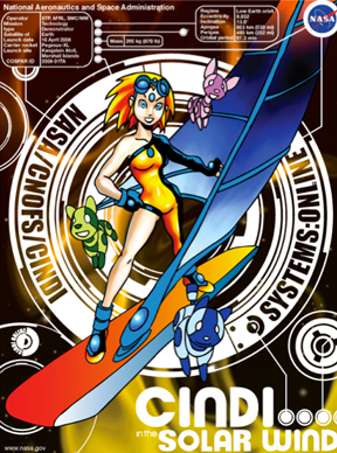
Cindi in the Solar Wind is the third book in the Cindi in… comic book series. After three years of hard work in orbit, Cindi decided to take a vacation in September 2011. Original plans were to take her two space dogs, along with a new space dog named “Staar” on a trip to get some sun by flying very close to the sun! But a large coronal mass ejection (CME) blew off the sun and she lost Staar. So come follow Cindi as she chases Staar all the way to the edge of the solar system and learn a bit about the solar wind, planets, and their magnetospheres along the way.
This issue is aimed at high school and college school students, but we hope that readers of all ages will find it fun and informative. It is a 32-page booklet that can be downloaded using the link below.
Cindi in the Solar Wind, English; [Color]
Articles and Interviews
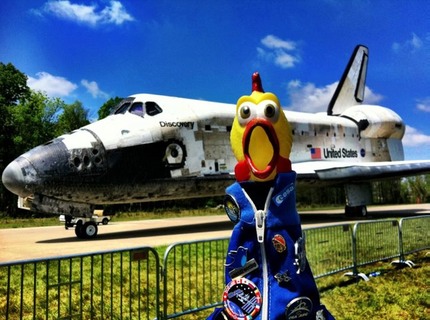
People keep asking about where we got the idea for doing a comic book to explain space sciences. Well it’s a long story and the best version of it appears here in this NASA news article where they interviewed Mary Urquhart and Marc Hairston about it.
However, Camilla SDO, the offical rubber chicken mascot of NASA’s Solar Dynamics Observatory (SDO) runs a blog about space and she went up into orbit to interview Cindi herself. That full interview is also available on Camilla’s website.
Other Educational Comic Books

Of course we didn’t come up with the idea of using comic books to explain science ourselves! We were inspired by other folks who were already doing it, and creating some wonderful comics. Here’s just a partial list of the ones we recommend.

First there are the wonderful books by Larry Gonick. He is the premiere cartoonist doing educational work and has written over a dozen books covering everything from history to physics to genetics. You can find his books at your local library, book store, on-line retailer, or read more about them at Larry Gonick’s own website.

Next there is wonderful comic book Space Weather done by Zander Cannon for the National Oceanic and Atmospheric Administration (NOAA) and the Space Weather Prediction Center (SWPC) (then called the Space Environmental Center (SEC)) back in 2000. This comic explains more about how the space environment affects the Earth and our technology. It’s no longer available from NOAA, but if you contact Zander you might be able to get a copy. (The Space Weather comic book was the original inspiration for the Cindi in… comic books. And in a “small world” coincidence, Zander was once a professor of Erik Lervold, the artist for the Cindi comics. Thanks, Zander!)
Zander and his colleague Kevin Cannon (no relation) formed an artists group called Big Time Attic which has put out two books on genetics and evolution called The Stuff of Life: A Graphic Guide to Genetics and DNA and Evolution: The Story of Life on Earth. Links go to Amazon for purchasing.
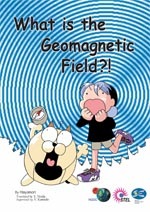
Another inspiration for the Cindi in Space comic was the manga series put out by the folks over at the Solar-Terrestrial Environment Laboratory (STEL) at Nagoya University in Japan. They have offerings in English and Japanese, all of which can be downloaded as pdf. These were overseen by Dr.Y. Kamide and the artwork and writing were done by the manga creator Hayanon. Hayanon actually visited NASA in June 2012 to plan some English science manga. She is also a fan of the Cindi comic books series and who knows, maybe someday we will have Japanese translations of them.
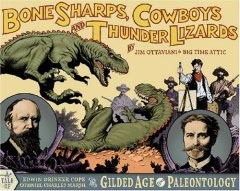
And there are Jim Ottaviani and G. T. Labs who have published several graphic novels about science and scientists. They have done this with several different comics artists and groups, including Big Time Attic. Together with Big Time Attic they published a book called Bone Sharps, Cowboys, and Thunder Lizards which is about the nineteenth century dinosaur bone hunters and the very bitter feud between Edward Cope and Othniel Marsh. They have also worked together on T-Minus which tells the exciting story of rocketry from the dreams of Jules Verne and Konstantin Tsiolkovsky all the way to the moon landings. Check out some of G. T. Labs’ other cool books with other artists such as Dignifying Science (stories about women scientists), Fallout (about the nuclear scientists and the politics of nuclear power and weapons), and the biography of the physicist Richard Feynman. You can check out a video preview of the Feynman book.
Since the CINDI mission ended G. T. Labs has produced Primates (about Jane Goodall, Dian Fossey, and Birute Galdikas and their studies of primates), The Imitation Game (about Alan Turing and the foundation of computer science and A.I.), Hawking (about the life of Stephen Hawking and his work in cosmology), and Astronauts: Women on the Final Frontier (the history of women in space).
There were two reports on NPR’s Morning Edition, one on February 14, 2005 by Neda Ulaby about Jim Ottaviani and his books, and one on April 8, 2005 by Sarah Hughes about using science comic books in real classrooms. They are good reports and worth listening to (particularly if you’re a teacher thinking, “I wonder if I can get away with doing this in my classroom?”) And the program Science Friday has often interviewed the writers and artists who created these comics. A keyword ‘comic’ or “graphic novel” search on their page should yield results of interest such as an interview with the author and artist Sydney Padua who did The Thrilling Adventures of Lovelace and Babbage, a steampunk “what if” graphic novel about what might have happened if Charles Babbage and Ada Lovelace had succeeded in building the first programmable gear-based computer in the mid-nineteenth century.
Since he did the Cindi comics for us (the first one was actually his senior thesis project at the Minneapolis College of Art and Design) Erik Lervold has gone onto an amazing career as a graphic artist, illustrator, comic maker. His professional work can be seen here.
